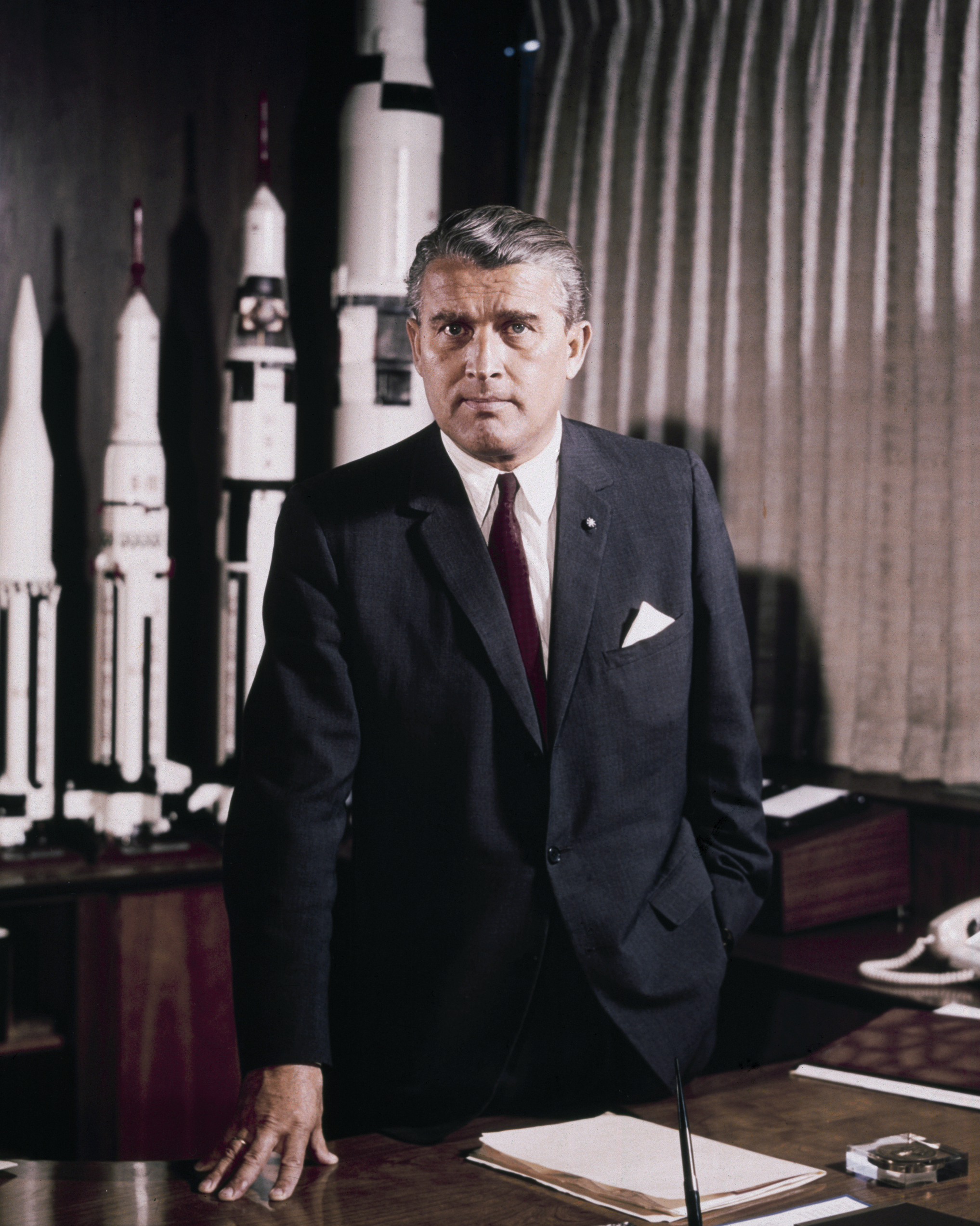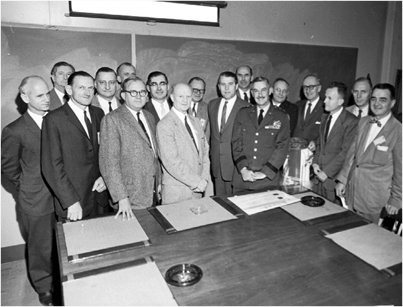Titanium has been discovered on the moon in abundance. Since it is a rare element on Earth, lighter and more durable than steel, could the demand for it possibly spark a renewed interest in getting to and even establishing bases on the moon?
Some insist that there should be a reason -- or several reasons -- to spend millions upon millions of dollars to send men to the moon other than to simply explore, plant a flag, and claim that it had been done. According to AFP, findings from data captured by the US Lunar Reconnaissance Orbiter and presented at an international conference in Nantes, France, may have presented governments good reason to fund further space exploration and lunar trips: Titanium.
Titanium, which is stronger and lighter than steel, making it a more desirable -- and more expensive -- construction metal, has been discovered in abundance on the moon. Using data gathered from moon rocks brought back by Apollo 17 in 1972, scientists knew what to look for on the lunar surface. By scanning the moon's surface in seven different wavelengths, the Orbiter was able to send back data that was poured over in search of variations from ultra-violet to visible light. Such jumps in the data allowed scientists to see a colorful picture of the moon, red in some places, blue in others.
Although subtle, these colour variations tell us important things about the chemistry and evolution of the lunar surface," Mark Robinson of Arizona State University explained. He, along with Brett Denevi of Johns Hopkins University in Baltimore, presented the results of their work sifting through the data gathered by the Orbiter. "They indicate the titanium and iron abundance, as well as the maturity of a lunar soil.
Titanium is rare on Earth, which makes it even more expensive given the demand for it.
The find undoubtedly generates hope of obtaining funding for further expeditions to the moon, especially for NASA, whose manned space exploratory program has been put on hold due to economic conditions and the grounding of space shuttle fleet, which saw its last mission in July. Coupled with the discovery of water in the form of ice on the lunar surface in 2009, the viability of space stations and/or lunar bases on the moon became more than just a far-off dream hampered by the logistics of supplying water to those manning the outposts. Finding a resource much in demand on Earth -- and apparently in abundance on the moon -- might have provided economic incentive as well.
Robinson noted: Future miners living and working on the Moon could break down ilmenite" -- the compound made up of titanium, iron, and oxygen within which titanium is generally found -- "to liberate these elements."
In addition," he said, "Apollo data shows that titanium-rich minerals are more efficient at retaining particles from the solar wind, such as helium and hydrogen. These gases would also provide a vital resource for future human inhabitants of lunar colonies.
Helium, it was announced last year, is a non-renewable gas that is fast reaching a point of depletion on Earth where it will soon become virtually nonexistent.
Sending astronauts to the moon for bragging rights may be a thing of the past and a more practical approach to extending America's reach further out into the Solar System might be necessary to justify expenditures of the kind space exploration demands. In that regard, presenting exploration as an adjunct of operations -- such as mining -- geared toward economic gain, industrial advancement, and/or of benefit to Earth (or America) in some way could be what reenergizes the now dormant American manned space program.
Like the lure of gold brought miners to California and Alaska and silver brought them to Nevada, titanium could see competing mining expeditions headed to the moon. Corporations as well as nations might entertain the idea of staking claims and setting up mining operations. Where the sense of wonder and exploring for exploring's sake might not work, the demand for an element so rare and durable just might be what sparks a new space race.







 Saturn 5 was 110 ton+ payload into space...We just have to figure out a system that can get material from orbit to the surface. You really don't know unless you try!
Saturn 5 was 110 ton+ payload into space...We just have to figure out a system that can get material from orbit to the surface. You really don't know unless you try! 




